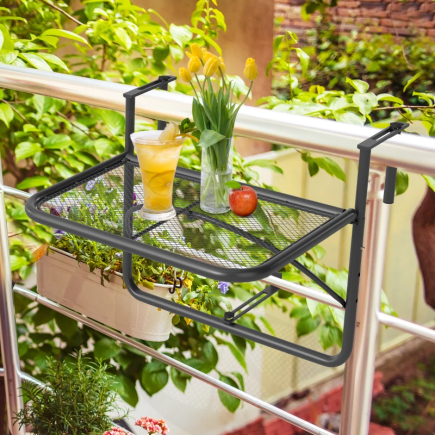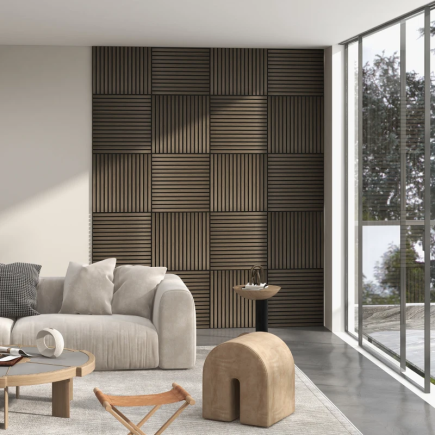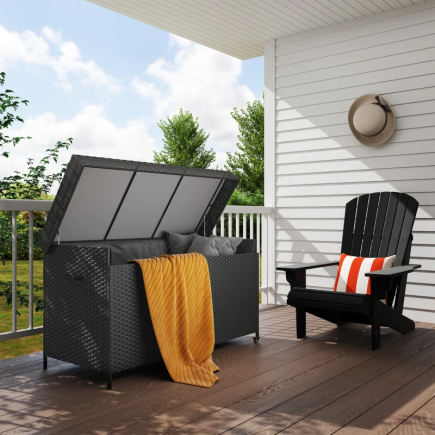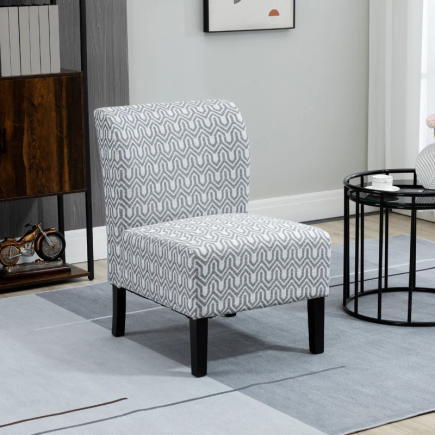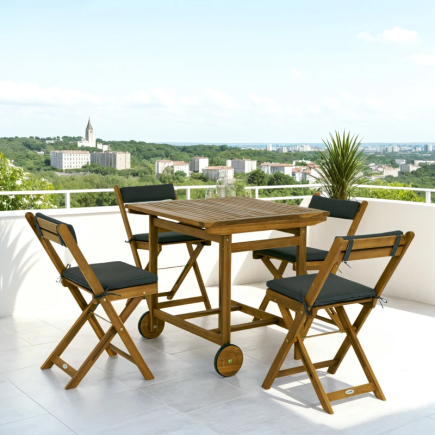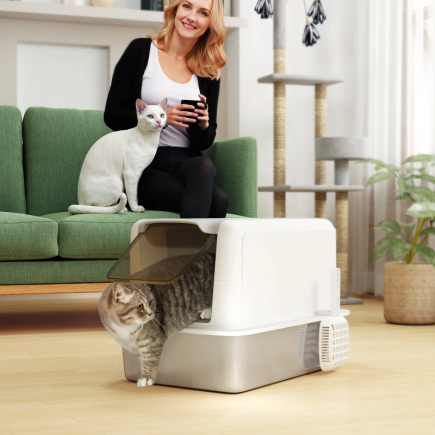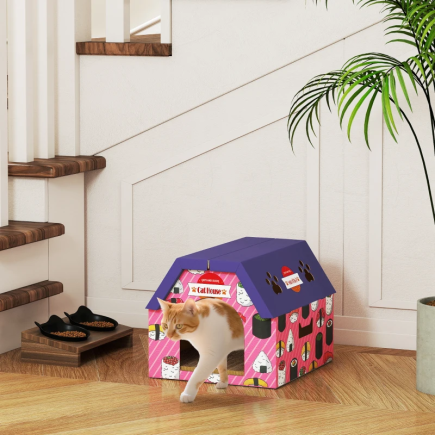Installing a wine fridge in a cabinet can significantly enhance the aesthetics of your kitchen, living room, or wine cellar. Not only does it keep your wine stored at the optimal temperature, but it also saves valuable space while offering a sleek, sophisticated design. Whether you’re a wine connoisseur or someone who enjoys a glass now and then, a dedicated wine fridge can be a game-changer.

In this guide, we’ll explore the steps to properly install a wine fridge in a cabinet, offering you expert advice along the way to ensure the installation process is as smooth as possible. From choosing the right fridge to the final touches, we’ll cover everything you need to know. Let’s get started.
Tools and Materials You’ll Need for Installation
Here’s a list of tools and materials you may need to install a wine fridge in your cabinet:
| Tool/Material | Purpose |
| Screwdriver | To secure mounting brackets or screws |
| Measuring Tape | For precise measurements of the cabinet space |
| Level | To ensure the fridge is installed evenly |
| Electrical Tools | For connecting the fridge to a power supply |
| Mounting Brackets | If required by the fridge for secure installation |
Make sure you have all the necessary tools on hand before you begin.
Preparing Your Cabinet for Installation
Proper preparation of the cabinet space is critical to a smooth installation process. You want to ensure that the dimensions of your cabinet fit the chosen wine fridge, and that the structure can handle the weight and size.
Measuring Your Cabinet Space
Start by measuring the cabinet’s dimensions to ensure the wine fridge will fit comfortably. For built-in units, you’ll need precise measurements. Allow for enough clearance on all sides of the fridge to ensure proper ventilation. Here’s a quick checklist for measurements:
- Width: Measure the width of the cabinet where the fridge will be installed. Ensure the wine fridge will fit without squeezing it in too tightly.
- Height: Measure the height to ensure the fridge fits without obstruction, particularly if there are overhead cabinets or shelves.
- Depth: Make sure the depth of the cabinet accommodates the fridge. Consider the fridge’s protruding parts, such as the door or handle.
- Clearance: Leave at least 2-4 inches of clearance on each side and 1-2 inches at the top for ventilation.

Checking Cabinet Structure and Weight Support
Make sure the cabinet structure can support the weight of the wine fridge, especially if you’re opting for a larger model. Some cabinets, especially older ones, may not be sturdy enough to bear the weight of the fridge. If you’re uncertain, it’s a good idea to reinforce the structure with additional supports or braces.
Step-by-Step Guide for Installing a Wine Fridge in Your Cabinet
Now that you’ve selected the perfect wine fridge and prepared the space, it’s time to install the fridge. Here’s a step-by-step guide to ensure a smooth installation.
Step 1: Measure and Mark the Exact Space for the Fridge
Before you begin installing, double-check your measurements. Mark the spot on the cabinet where the fridge will sit. This will give you a clear idea of where to place the fridge and ensure it fits snugly.

Step 2: Ensure There’s a Power Supply Near the Cabinet
Wine fridges require a power supply, so ensure that the cabinet is near an electrical outlet. If the outlet is too far away, you may need to hire an electrician to install a new outlet or relocate the existing one. Never attempt to run an extension cord for the fridge, as this could pose a fire risk.

Step 3: Install the Fridge Securely
Once the space is prepared and the power supply is confirmed, it’s time to install the fridge. Depending on your model, you may need to install mounting brackets or secure the unit with screws to ensure it doesn’t move. Follow the manufacturer’s instructions for any specific mounting hardware or guidelines for proper installation.
Step 4: Level the Fridge
Leveling the fridge is crucial for ensuring that it operates efficiently. Use a spirit level to make sure the fridge is perfectly level both front-to-back and side-to-side. This will ensure that the internal cooling system functions correctly and that your wine is stored at the optimal temperature.

Space Requirements and Ventilation Considerations
Ventilation Space
It’s vital to leave enough space around your wine fridge for proper ventilation. If the fridge doesn’t have adequate airflow, it can overheat, leading to reduced efficiency and even potential damage to the fridge. Generally, manufacturers recommend leaving at least 2-4 inches on each side and 1-2 inches at the top for proper air circulation.
Avoid Overcrowding the Cabinet
Overcrowding the fridge with bottles or placing it too tightly against the cabinet walls can restrict airflow and cause temperature fluctuations. Make sure to follow the fridge’s instructions for the recommended storage capacity to keep it running optimally.
Handling Electrical Wiring Safely
Connecting your wine fridge to a power supply requires care. If you’re not comfortable with electrical work, it’s best to hire a licensed electrician. Here are a few tips for handling electrical wiring safely:
Turn Off the Power
Before working with any electrical components, turn off the power to the circuit to prevent shock.
Use the Right Outlet
Make sure the outlet is properly grounded and that it matches the voltage requirements of the wine fridge.
Avoid Overloading Circuits
Do not plug the wine fridge into an overloaded power strip. It’s best to plug it directly into a dedicated outlet.
Ensuring Proper Leveling and Stability
Leveling your wine fridge is essential to ensure it works efficiently. An uneven fridge can cause issues with the internal cooling system, which can affect your wine storage. Always check the leveling after installation and adjust the feet or leveling legs as necessary.
Design Considerations: Blending Your Wine Fridge with Your Cabinet
Your wine fridge should seamlessly blend with your cabinetry for a polished look. Consider these design tips:
- Matching Finishes: If possible, choose a wine fridge with a finish that matches or complements your existing cabinetry.
- Custom Cabinetry: In some cases, you may need to modify your cabinet to create a perfect fit for the wine fridge, particularly if the unit is slightly larger than the available space.

Cost Considerations: DIY vs Professional Installation
While installing a wine fridge yourself can save money, you may want to consider professional installation for peace of mind. Here’s a breakdown of the potential costs:
| Installation Type | Estimated Cost |
| DIY Installation | $0 – $100 (for tools, materials) |
| Professional Installer | $150 – $500 (depending on complexity) |
Consider the complexity of your installation. If you’re not comfortable with electrical work or cabinetry modifications, hiring a professional might be the safer and more efficient option.
Common Mistakes to Avoid During Installation
Installing a wine fridge in a cabinet requires careful attention to detail. Here are some common mistakes to avoid:
- Not Allowing Enough Ventilation: Failing to leave space around the fridge for airflow can lead to overheating.
- Overloading the Fridge: Storing more bottles than the fridge can handle can affect cooling efficiency.
- Improper Electrical Setup: Make sure to follow all safety protocols when connecting the fridge to power.
Installing a Wine Fridge in a cabinet is a rewarding project that enhances your home’s design while providing the perfect storage solution for your wine collection. By following the steps and tips in this guide, you can ensure a seamless installation process, whether you’re tackling the project yourself or hiring a professional. Proper preparation, the right tools, and attention to detail are essential for a successful outcome.
A wine fridge isn’t just a luxury, it’s a functional upgrade that fits beautifully within your cabinetry and complements your collection of Small Kitchen Appliances. By installing it correctly, you’ll enjoy both style and practicality, keeping your wine stored at the ideal temperature and ready to enjoy at any time.
FAQs
1. How long to let a wine fridge sit before plugging in?
You should let a wine fridge sit upright for at least 24 to 48 hours before plugging it in. This allows the internal fluids, especially refrigerant, to settle properly after transportation.
2. Is it safe to place a wine fridge next to a regular oven or stove?
No, placing it near heat-producing appliances may affect its performance. Keep it away from heat sources to maintain optimal temperature control.
3. Can I hide my wine fridge behind a cabinet door?
Only if the unit is specifically designed for panel-ready installation. Otherwise, blocking the front can restrict ventilation and damage the fridge.
4. What’s the difference between built-in and freestanding wine fridges?
Built-in units are ventilated from the front and fit snugly into cabinetry. Freestanding ones vent from the back or sides and require open space around them.
5. Should I insulate the cabinet space around the wine fridge?
Not necessary, but adding light insulation can improve temperature consistency, especially in warm climates or sun-exposed rooms.

